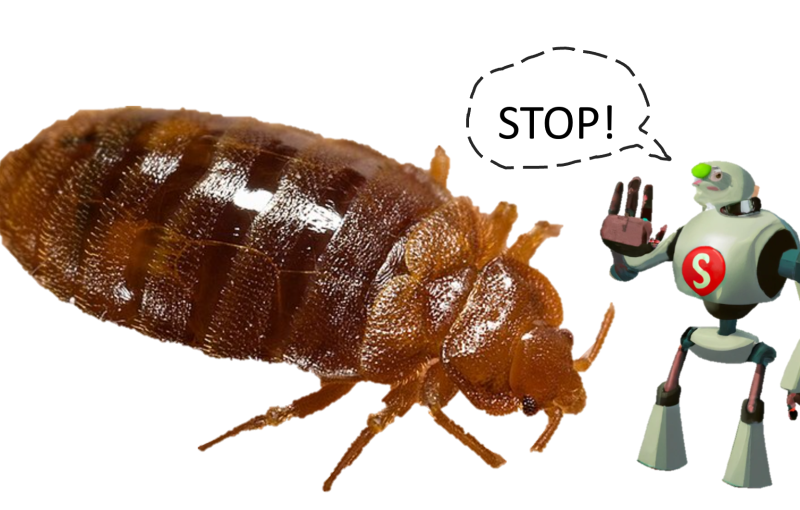
The Public Health Threat of Bedbugs
by Jon Scaccia October 6, 2023Bedbugs have long been associated with tales of creepy-crawlies that hide under our beds. However, the problem extends beyond a simple case of nighttime jitters. Bedbugs have recently emerged as a significant public health threat, especially in urban areas worldwide. One city that has faced alarming challenges with these pests is Paris. Let’s dive into the implications of bedbugs on public health and explore the recent Parisian crisis.
What Are Bedbugs?
Bedbugs, scientifically known as Cimex lectularius, are small, wingless insects that feed exclusively on the blood of warm-blooded animals, particularly humans. They are notoriously difficult to eradicate due to their adaptability, rapid breeding, and resilience.
How Bedbugs Impact Public Health
- Skin Reactions: Bedbug bites can lead to a range of skin reactions, from mild itchy welts to severe allergic reactions.
- Sleep Disturbances: Knowing that you’re sharing your bed with these pests can cause sleep disturbances, leading to fatigue and reduced mental well-being.
- Secondary Infections: Scratching bedbug bites can lead to open wounds. These wounds can become infected, leading to more significant health issues.
- Mental Health Implications: The presence of bedbugs can cause anxiety, stress, and in some cases, even depression. The stigma associated with infestations can also lead to social isolation.
The Parisian Challenge
Recent years have seen an alarming increase in bedbug infestations in Paris. Several factors contribute to this:
- Increased Global Travel: Paris, a global hub, sees a massive influx of travelers. Bedbugs are excellent hitchhikers and can easily travel in luggage or clothing from one continent to another.
- Resistance to Pesticides: Bedbugs have developed resistance to many common pesticides over the years, making them tougher to exterminate.
- Public Awareness: Despite the rising threat, many remain unaware of how to identify or deal with bedbug infestations, allowing them to spread unchecked.
Recent challenges in Paris have led to calls for better public health campaigns and resources to manage and mitigate the threat of bedbugs.
Combatting the Threat
Efforts to control bedbugs must be multifaceted:
- Public Education: Informing the public about prevention, identification, and treatment is crucial.
- Integrated Pest Management (IPM): This approach combines various methods, such as heat treatment, mattress encasements, and careful pesticide application, to manage bedbug populations.
- Collaboration: Property owners, tenants, pest control professionals, and public health officials must collaborate for a coordinated response.
Conclusion
The rise of bedbugs as a public health threat cannot be ignored. Cities like Paris underscore the importance of proactive measures and public awareness. As we continue to live in an increasingly interconnected world, it is crucial to stay informed and vigilant to prevent these small pests from becoming a significant menace.
Leave a Reply